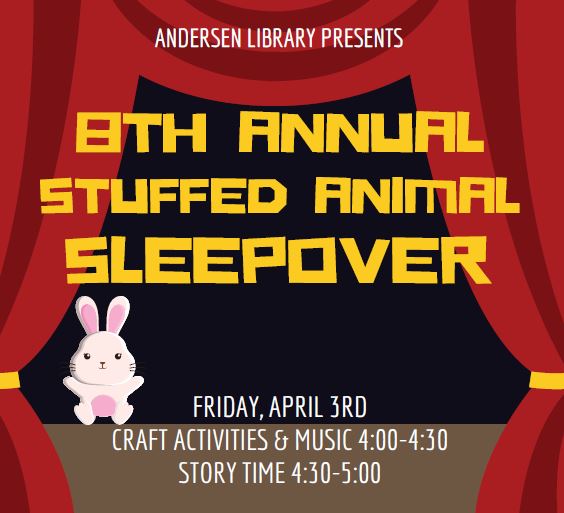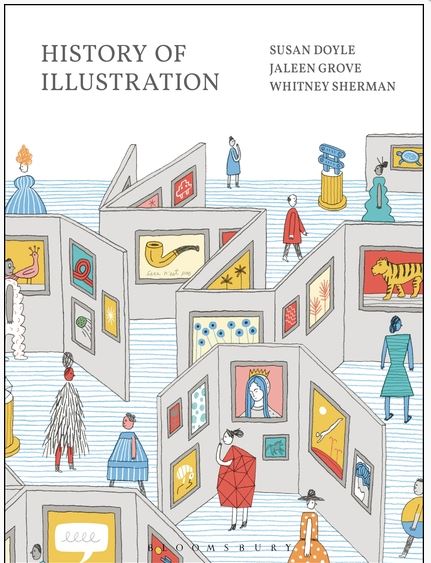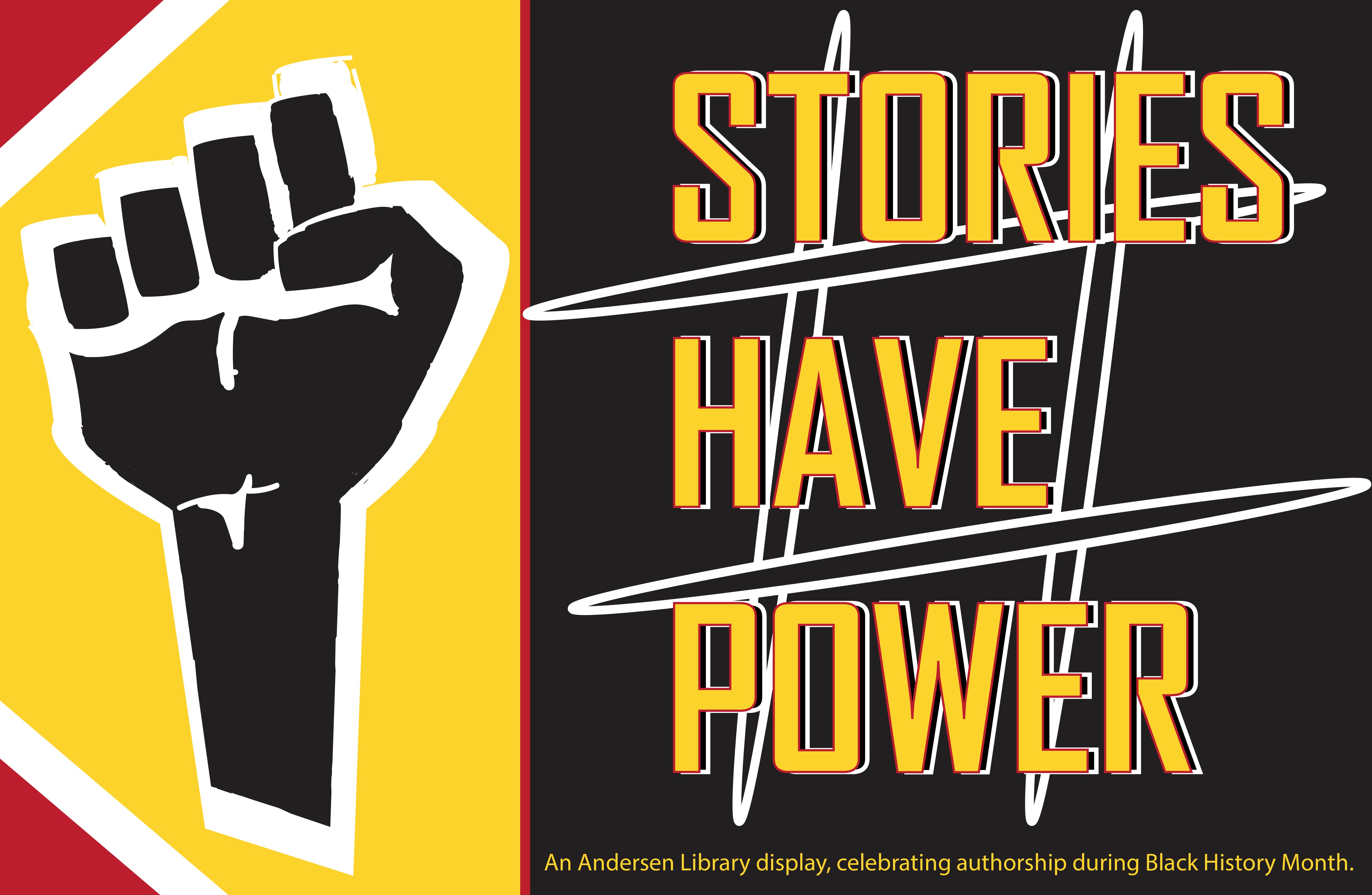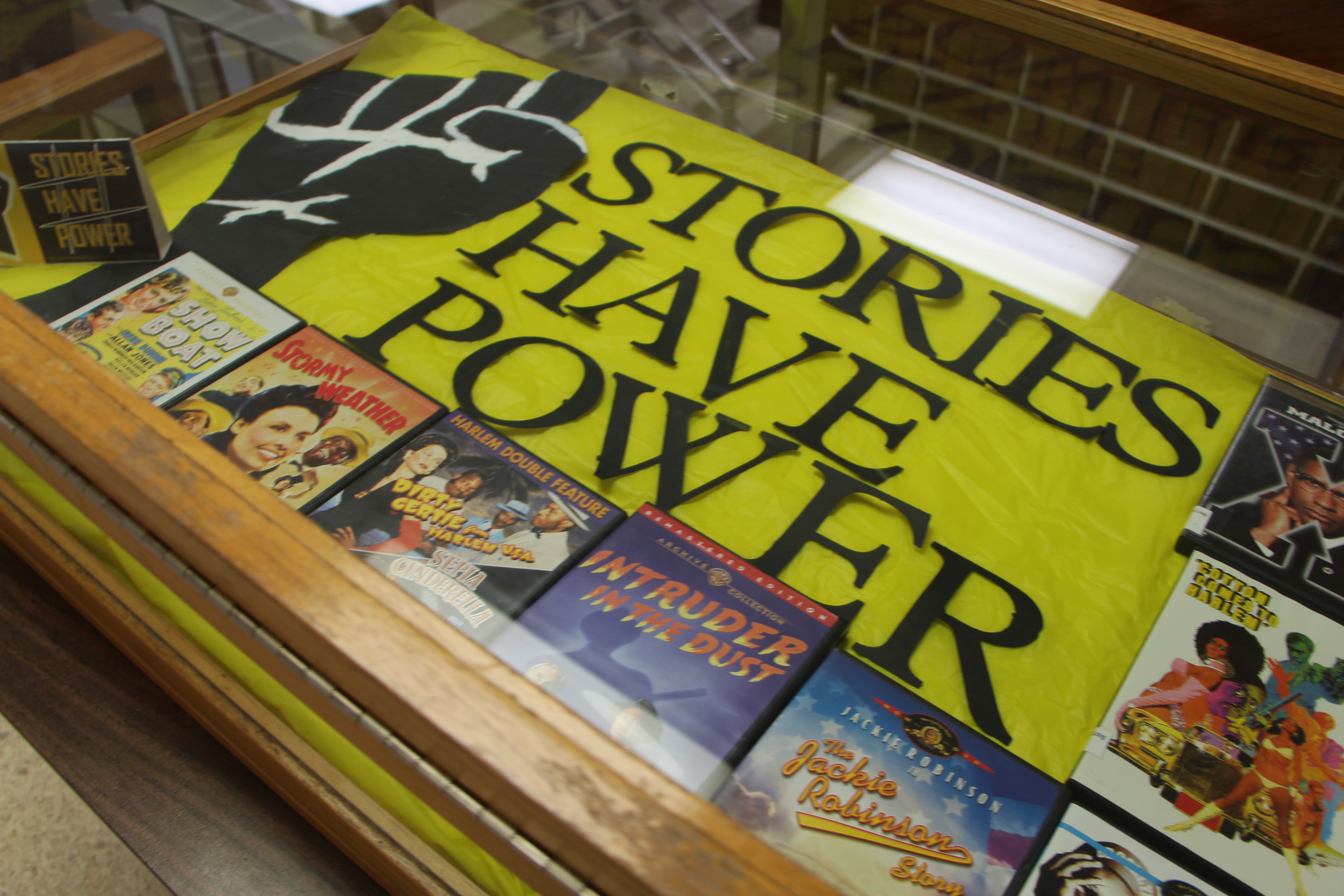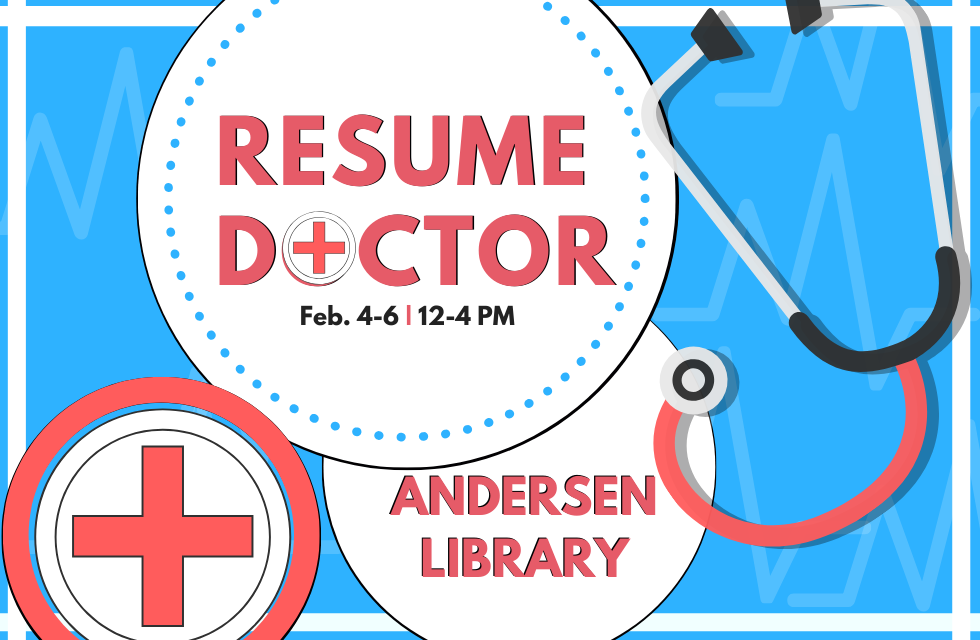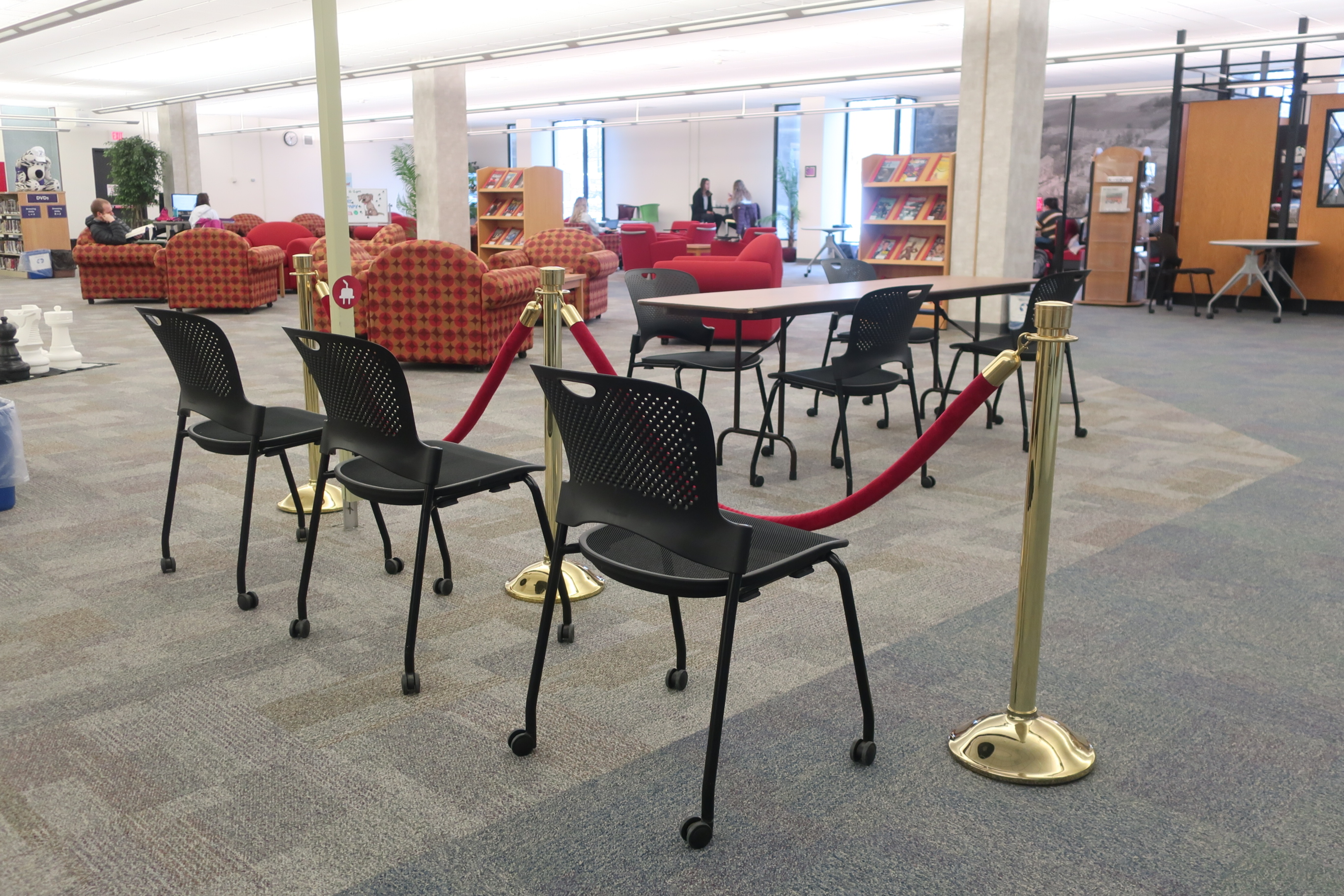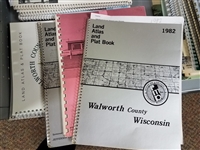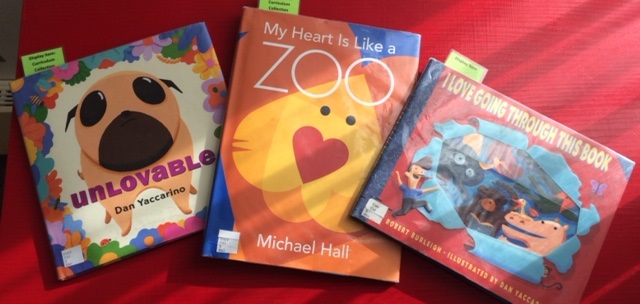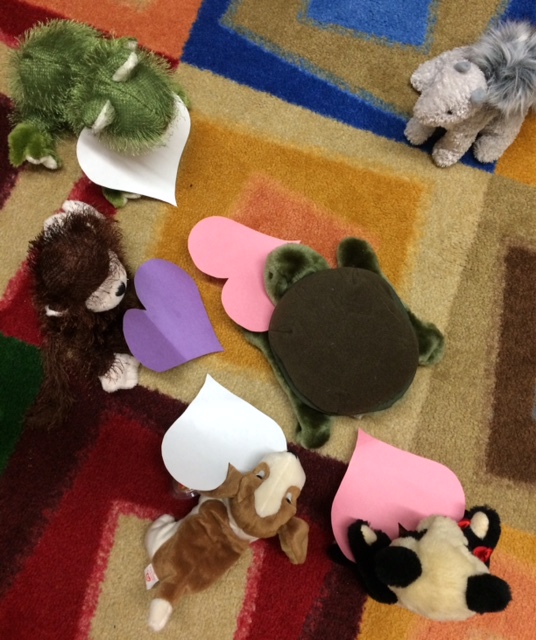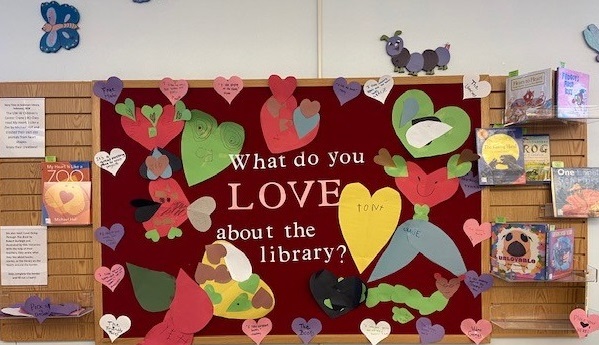Due to current circumstances, we will postpone the 8th annual…
Stuffed Animal Sleepover in the Library. Watch for the event later in the year! Here’s what will be in store:
UW-Whitewater students, staff, faculty and Children’s Center families, accompanied by a child 6(ish) years of age or younger, are invited to join Andersen Library for the 8th annual Stuffed Animal Sleepover. Child participants bring a stuffed animal friend to join them in a drama-filled library story time and a craft activity. The stuffed animals get to sleep over and explore the Library after hours. Children will pick up their stuffed animal and a photo memory of their animal’s theatrical adventures on Saturday, April 4th, or Monday, April 6th.
Note: Children need to be accompanied by an adult, but the library will provide chaperones for the stuffed animals’ overnight adventure.
Please fill out this form to register: Stay tuned!
When? Stay tuned!
What Time? 4:00-5:00PM
Craft activities begin at 4:00 followed by stories and song starting at 4:30.
We will have two concurrent story times: a lapsit story time for infants and toddlers, and another for 3’s and older.
Where? UW-Whitewater, Andersen Library, 141 Wyman Mall, Whitewater, WI 53190, 2nd Floor
Want to know more? See our post from previous years’ events. Need accommodations? Have questions? Contact Ellen, the Education Librarian at 262-472-5525.

